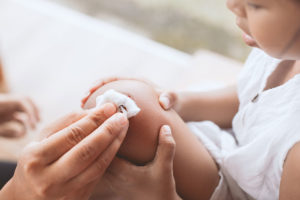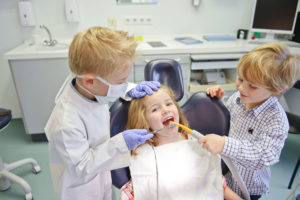Blog

Stitches
Winter snow and ice means sledding, and sledding means injuries including cuts and lacerations. Of course as many parents know kids can get injured in any weather, but how do you know when your kid may need stitches? Hopefully this post will give you enough information to help you when you’re at home with a

February is Teen Dating Violence Awareness Month
February is Teen Dating Violence Awareness Month. Teen dating violence is defined as a pattern of abuse or threat of abuse against teenaged dating partners, occurring in different forms, including verbal, emotional, physical, sexual and digital. Digital violence is the use of technologies such as texting or social media to bully, harass, stalk or intimidate

Congenital Heart Defect (CHD) Awareness Week
February 7-14 is Congenital Heart Defect (CHD) Awareness Week. A congenital heart defect is a structural problem with the heart that is present at birth whether caused by genetic or environmental causes. They can affect the walls of the heart, the valves, or the blood vessels adjacent to the heart, and are the most common

National Children’s Dental Health Month
Right along with sweet Valentine’s Day treats, February is National Children’s Dental Health Month! As your pediatricians, we worry about all of the aspects of your children’s health. Dental cavities are one of the top chronic diseases of childhood, making this an important topic to cover at well checks. Like so many parts of health,

Discipline for Toddlers: Making Timeout Work
Parents know that one of the biggest challenges they face is disciplining their young children. As we say, it’s a constant battle, especially with toddlers. As daunting a task as it may seem, timeout can be an effective tool against unwanted behaviors. Before we talk about timeout strategies, remember that most bad behaviors are the

Birth Defect Prevention and More
January is National Birth Defect Prevention Month. Birth defects include abnormalities of body structures, metabolism or function. Most birth defects are the result of both genetic and environmental factors. Genetic causes can include gene defects or chromosome abnormalities over which we have little control. In addition, many environmental factors can play a role in the
